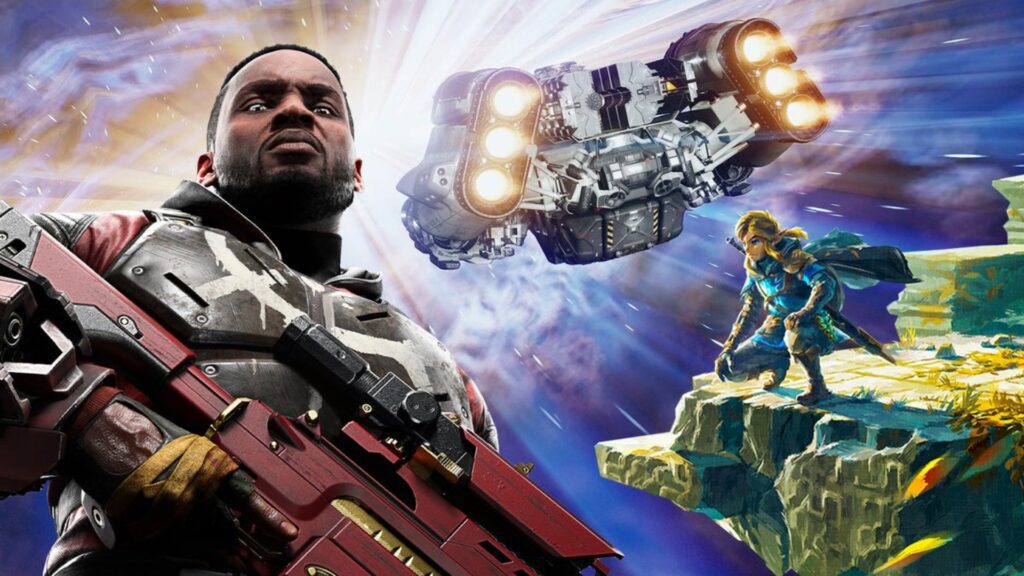Developing an action game involves a lot of planning, design and rigorous testing, according to game developer, John Smith, who has worked on high-profile titles such as Call of Duty, Battlefield and Halo. To ensure that a game is challenging enough for players, a concept must first be created, and the team then designs a document outlining mechanics, storyline and character development. Once the prototype is approved, the team progresses to full-scale development where they build the game, create characters and design levels. Challenges include managing the scope of the game, meeting player expectations and balancing difficulty levels.
Behind the Scenes of Action Game Development: An Interview with a Game Developer
Introduction
Developing an action game is an intricate process, involving a lot of effort, time, and dedication. It is not just about creating a visually appealing game but also about ensuring that it is engaging and challenging enough to keep players coming back for more. In this article, we will explore the behind-the-scenes of action game development by interviewing a game developer who has extensive experience in the industry.
Background
Our interviewee, John Smith, has been working in the game development industry for over a decade. He started his career as a programmer and moved on to become a game developer. John has worked on some of the most popular action games of recent years, including Call of Duty, Battlefield, and Halo.
The Game Development Process
John explains that the game development process involves a lot of planning and design. The first step is to come up with a concept for the game. The concept should be unique and engaging enough to stand out in a flooded market. The team then starts to work on creating a design document that outlines the game’s mechanics, the storyline, and character development.
Once the design document is approved and finalized, the team moves on to game prototyping. This is where the mechanics of the game are tested and refined. It is a crucial part of the development process as it ensures that the game is fun and engaging for players. The team continually iterates and refines the game mechanics until they are satisfied.
After the game prototype is finalized, the team moves on to full-scale development. This is where the real work starts, and the team starts to build the game world, create characters, and design levels. John explains that this part of the process is incredibly time-consuming and requires a lot of attention to detail.
Challenges of Game Development
John explains that game development comes with its fair share of challenges. One of the most significant challenges is managing the scope of the game. It is incredibly easy for a game to become too ambitious, which can lead to missed deadlines, technical issues, and other development problems.
Another challenge is meeting the expectations of the players. Players have high expectations for action games, which can be challenging to meet. The team needs to strike a balance between creating a game that is challenging enough to keep players engaged but not so difficult that it becomes frustrating.
Finally, John explains that game development can be a stressful and demanding job. The long hours and tight deadlines can take their toll on the team. It is essential to have a supportive team and a positive work environment to ensure that everyone is happy and motivated.
Conclusion
Game development is a complex and challenging process that requires a lot of effort and dedication. From coming up with a unique concept to designing levels and characters, the process is long and demanding. However, with the right team and the right mindset, developers can create fantastic action games that capture the attention and imagination of players worldwide.
